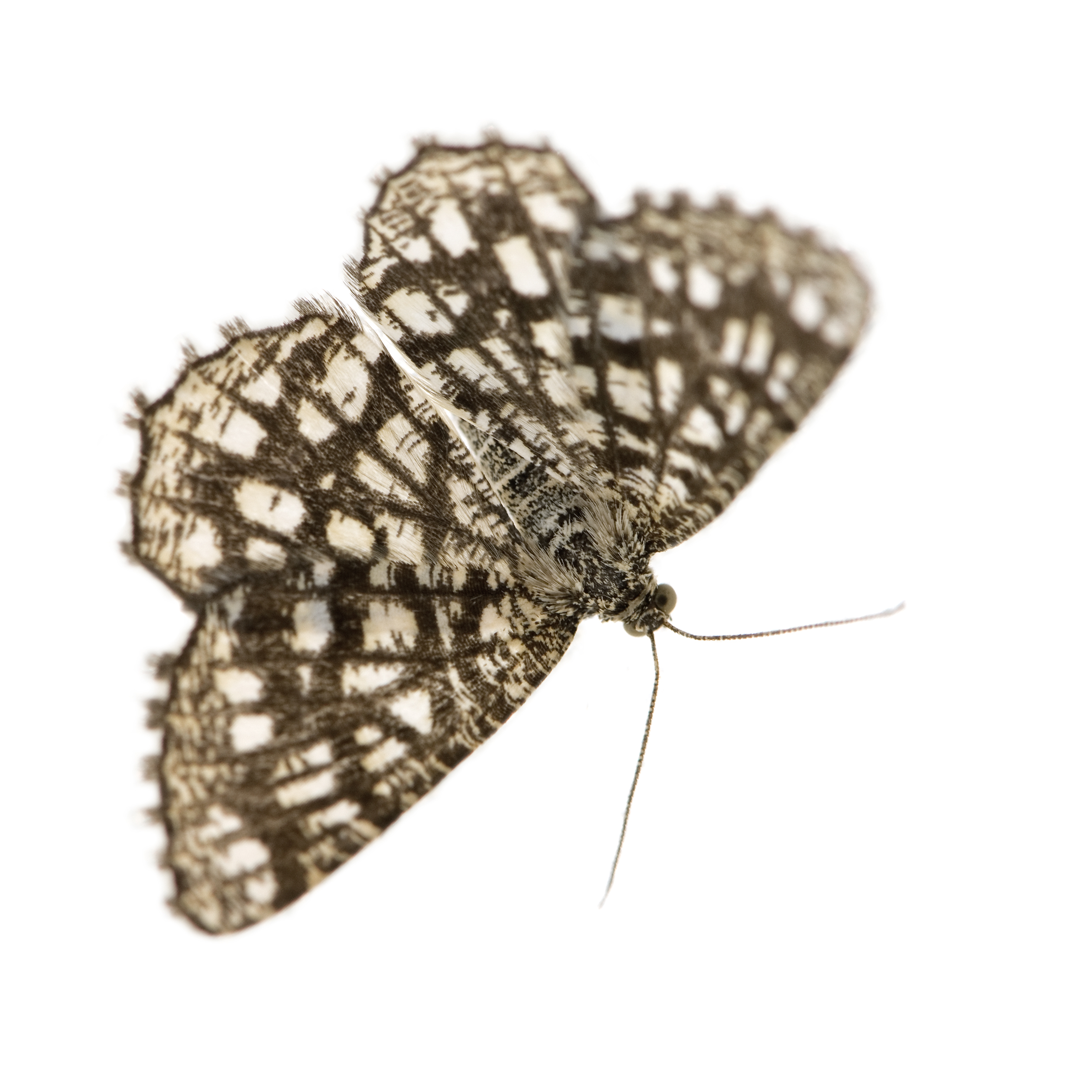1. About Moths
Moths are nocturnal insects closely related to butterflies. They belong to the order Lepidoptera and can be found in various environments around the world. Moths are typically attracted to light, which is why they are often seen fluttering around lamps at night. They come in different sizes and colors, ranging from small, drab species to large, colorful ones. Moths are important pollinators, but some species can become pests, especially when their larvae infest clothing, stored food, or natural fibers. Moths undergo a four-stage life cycle: egg, larva (caterpillar), pupa, and adult.
2. How to Get Rid of Moths
To get rid of moths, it’s essential to identify the species and understand the source of the infestation. For clothing moths, it’s necessary to clean and store clothes properly in sealed containers or garment bags. Mothballs and pheromone traps can help reduce adult moth populations. If moths are infesting food, check stored goods like grains, nuts, and dried fruit, and dispose of contaminated items. A thorough cleaning of pantries, cupboards, and closets, including vacuuming cracks and crevices, is essential. Insecticidal sprays and natural repellents like lavender or cedar wood can be used to keep moths away.
3. Introduction
Moths are a diverse group of insects found in various parts of the world. While many moth species are harmless and play an important role in ecosystems as pollinators, others can become pests in homes and businesses. Moths are notorious for their ability to damage clothes, furniture, and stored food. The larvae of moths, particularly clothes moths, feed on natural fibers such as wool, silk, and cotton, causing significant damage to clothing and textiles. Understanding how to identify and control moth infestations is crucial for preventing damage and maintaining a clean environment.
4. Identification of Moths
Moths are easily identified by their broad, often feathery wings. The size and color of moths vary greatly depending on the species, but most moths are larger than butterflies and have more muted or dull-colored wings. Common household moths include the clothes moth (small, pale-colored with dark spots) and the pantry moth (often brown with a distinctive white or silver pattern on the wings). Moth larvae are usually cream-colored or yellowish and have a distinctive feeding pattern on fabrics or stored goods. Adult moths are typically nocturnal and are attracted to light sources.
5. Behavior and Habitat
Moths are primarily nocturnal and are attracted to artificial light. They can be found in a variety of habitats, depending on the species. Clothes moths prefer dark, undisturbed places such as closets, attics, and drawers, where they lay their eggs on natural fabrics. Pantry moths are attracted to stored food products, especially grains, nuts, and dried fruit, and their larvae feed on these items. Moths undergo a complete metamorphosis, moving through four stages of development: egg, larva (caterpillar), pupa, and adult. The larvae of most destructive moth species are the ones that cause damage by feeding on textiles or food.
6. Feeding Habits
Moths have different feeding habits depending on their life stage and species. Adult moths primarily feed on nectar from flowers, while larvae (caterpillars) of destructive moths feed on natural fibers or stored food products. Clothes moth larvae prefer to consume keratin, found in wool, silk, and fur, while pantry moth larvae feed on dry foodstuffs like flour, cereal, and nuts. Moths don’t cause significant damage in their adult stage but can be extremely destructive during the larval stage when they feed on valuable materials. The feeding process often leaves behind holes, fraying, and stains.
7. Prevention and Protection
Preventing moth infestations requires proper storage and cleanliness. To protect clothing, regularly clean garments and store them in sealed bags or containers, especially during off-seasons. Using moth repellents such as cedarwood, lavender sachets, or mothballs can help keep moths away. Ensure that food is stored in airtight containers, and regularly check pantry items for signs of moth infestation. If you find evidence of moths, discard contaminated items immediately. Regularly vacuum and clean areas where moths are likely to live, such as closets and storage rooms. Preventing moths from entering through cracks and gaps in windows and doors is also crucial.
8. Methods of Control
Moth control can be done using both chemical and natural methods. Mothballs, insecticidal sprays, and moth traps can help eliminate adult moths and prevent further infestations. For natural control, essential oils like eucalyptus, lavender, and cedarwood are effective at repelling moths. For clothing moths, thorough cleaning of textiles, including dry cleaning and vacuuming, is essential. Pantry moths can be controlled by discarding infested food and cleaning pantry shelves. Using pheromone traps can help capture adult moths, reducing the population and preventing further breeding. Regular monitoring of moth activity can help keep infestations in check.
9. Environmental Impact and Ecology
Moths play an important role in ecosystems, particularly as pollinators. Many species of moths help pollinate flowers, contributing to the reproductive success of various plants. Additionally, moths serve as a food source for other wildlife, such as birds, bats, and other predators. However, certain moth species, particularly those that infest homes and businesses, can be damaging to stored goods, textiles, and furniture. The environmental impact of controlling moths depends on the methods used—chemical pesticides can harm non-target organisms, while natural repellents tend to be safer for the environment.
10. Conclusion
Moths are a diverse group of insects, and while most species are harmless, some can cause significant damage to clothing, furniture, and stored food. Identifying moth infestations early and understanding the specific species involved can help determine the best methods for control. Preventing moths requires good hygiene, proper storage of food and clothing, and using natural repellents or traps. By taking proactive measures, moth infestations can be minimized, and the damage they cause can be controlled. With proper management, moth populations can be kept under control, ensuring a clean and safe environment.


